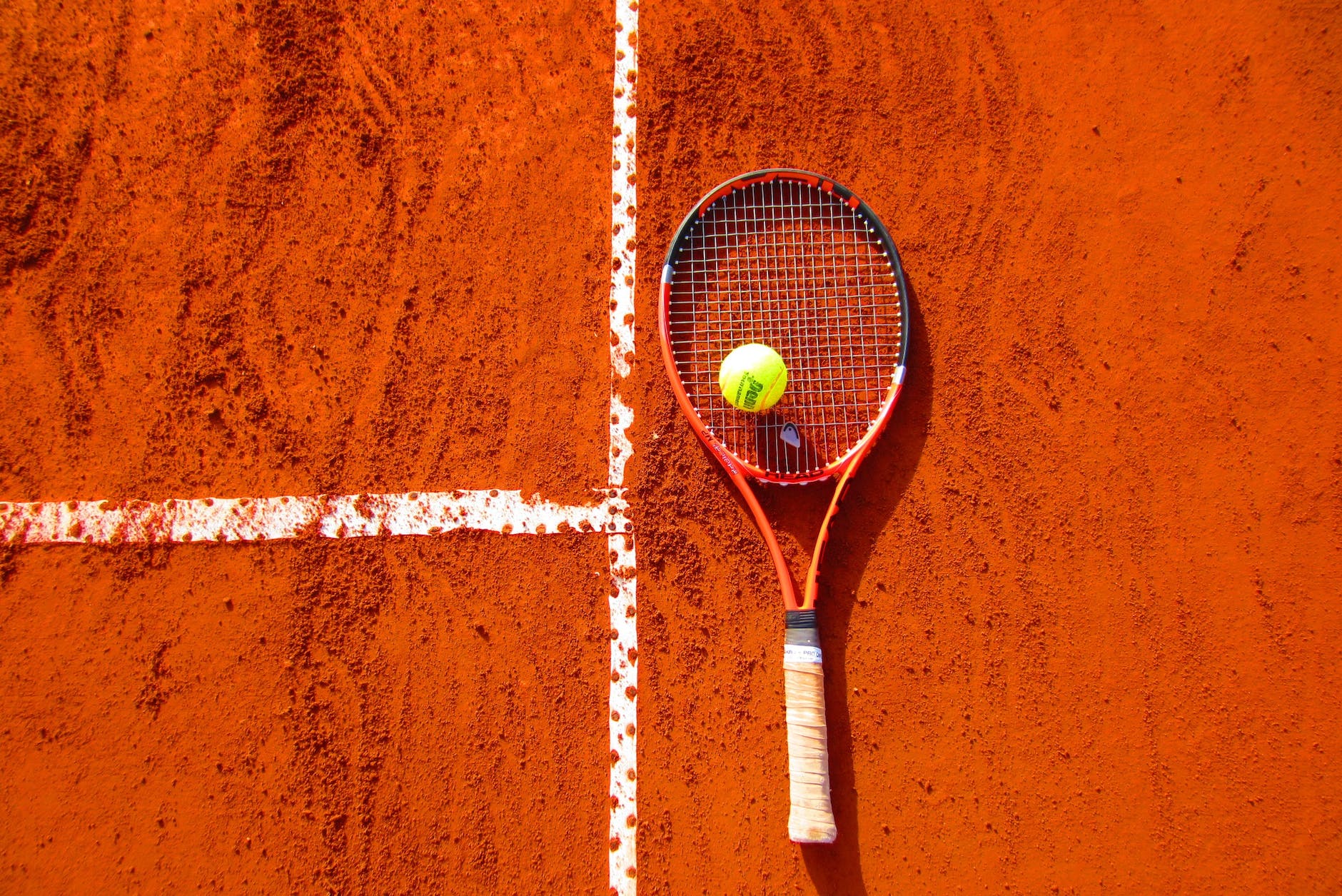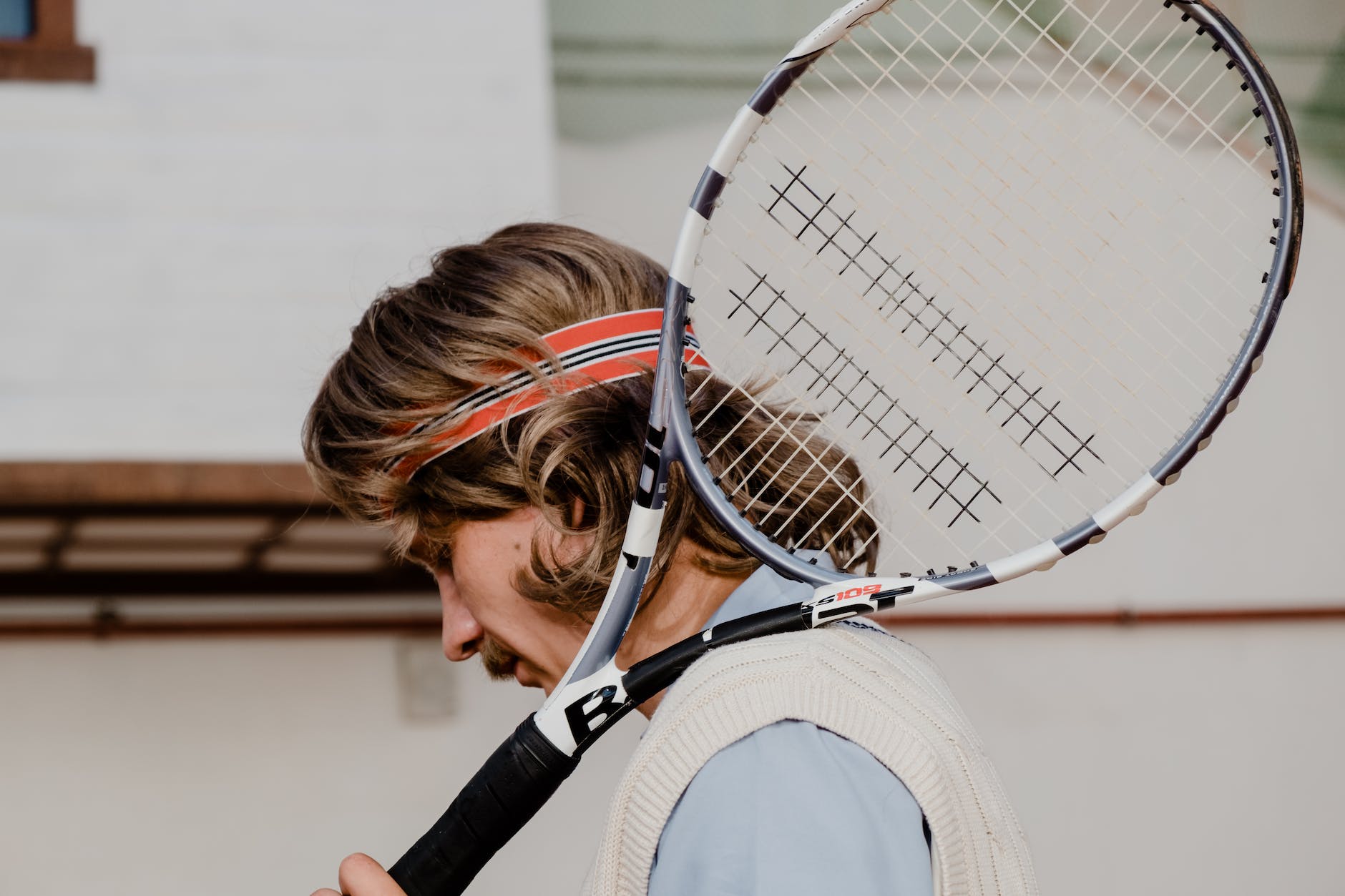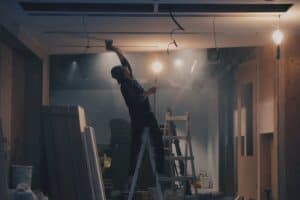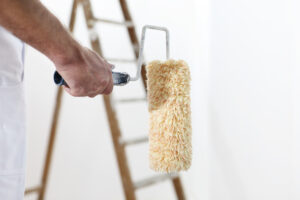Featured Article by Dakota Murphey
Hard courts are undoubtedly the least maintenance-intensive form of a tennis court, but that doesn’t mean that you never need to carry out work. From both the perspective of keeping the court looking good and maintaining the natural conditions of the court, you should take care of your court on a weekly basis.
It is important to note that you need a tennis court maintenance guide that is appropriate for the surface of your court. Maintenance for synthetic tennis court turf or artificial clay courts varies enormously. So, follow these nine tips and you’ll be able to maintain a tennis hard court easily.
Tennis Court Maintenance Tips

1. Take maintenance seriously
It should first be noted that keeping your tennis court in good condition is extremely valuable. It will extend the lifespan of the court, ensure that is always safe to play on and even add value to your property. So while your tennis court might be for fun and recreation, you need to take the actual maintenance of the court very seriously.
2. Set out rules for using the court
You can do a lot of your maintenance work proactively by ensuring that the court is respected and kept in good condition by everyone who uses it. This means that you need to set out rules that everyone needs to follow when they play or use the area. Rules could include:
- No pets, glass or chairs on the court
- No skating or rollerblading on the court
- No food or drink other than water
Not only will these help to avoid unnecessary wear to the court, they will also teach anyone using it to have a proper respect for it. They might seem strict, but these kinds of regulations can do a lot of the maintenance work for you. Put up signs around the court with the rules on them.
3. Check the court regularly
Before you play you should spend a little time checking the condition of the court, playing close attention to the areas that get heavy play such as each baseline. Is it still looking in good shape? There is a running theme in tennis court maintenance that suggests it is always best to catch a problem and deal with early rather than let it expand into something serious.

4. Preventing damage is essential
Any time that you can prevent damage to the court, you’re doing a good thing, so check all of the little things that can add up to big problems. Make sure, for example, that you are wearing the right kind of shoes for the court. Also, ensure that anyone using the court is aware that they need to avoid any activities like dragging a chair across the surface or littering.
5. Sweep every week
In terms of the physical maintenance tasks that you need to carry out, one is the regular sweeping of the surface. In the autumn or any time that there is likely to be excess debris on the court, you should be sweeping once a week. Although for much of the year, it is fine to push this to once a fortnight or once a month depending on the position of your court and how much detritus naturally gets onto it.
6. Clear standing water as soon as possible
In general, porous macadam hard courts are designed to drain quickly, so when it rains you shouldn’t expect to see too much water on the court – in fact, if you’re getting puddles from light rain, this indicates a larger problem with court drainage. However, in heavy rain, water can start to pool even on very well-maintained courts. Whenever you see standing water you should remove it as soon as possible, by brushing it off the court.

7. Pressure wash
Pressure washing is an important element of court maintenance. As well as thoroughly cleaning the court, it removes problematic biological substances such as moss.
You can buy your own pressure washing equipment, but it’s usually more cost-effective to simply bring in a specialist firm to carry out the work you. This is only something that you need to do once per year or so, meaning that you won’t get a lot of value out of buying a pressure washer unless you’ve got other things to use it for.
8. Repair any problems quickly
If you notice any problems starting to appear on the court surface, don’t ignore them. Whether it’s a wearing down of the surface, cracks or fading paint, these are things that can be easily sorted out before they turn into something serious.
9. Resurface when it is necessary
Lastly, remember that some problems can’t be fixed with maintenance and repair. Resurfacing is something you need to think about when issues such as cracks or wear are beginning to make it more difficult to play on the surface. How often you need to resurface will depend significantly on the how much use the court gets as well as a number of other factors.






























